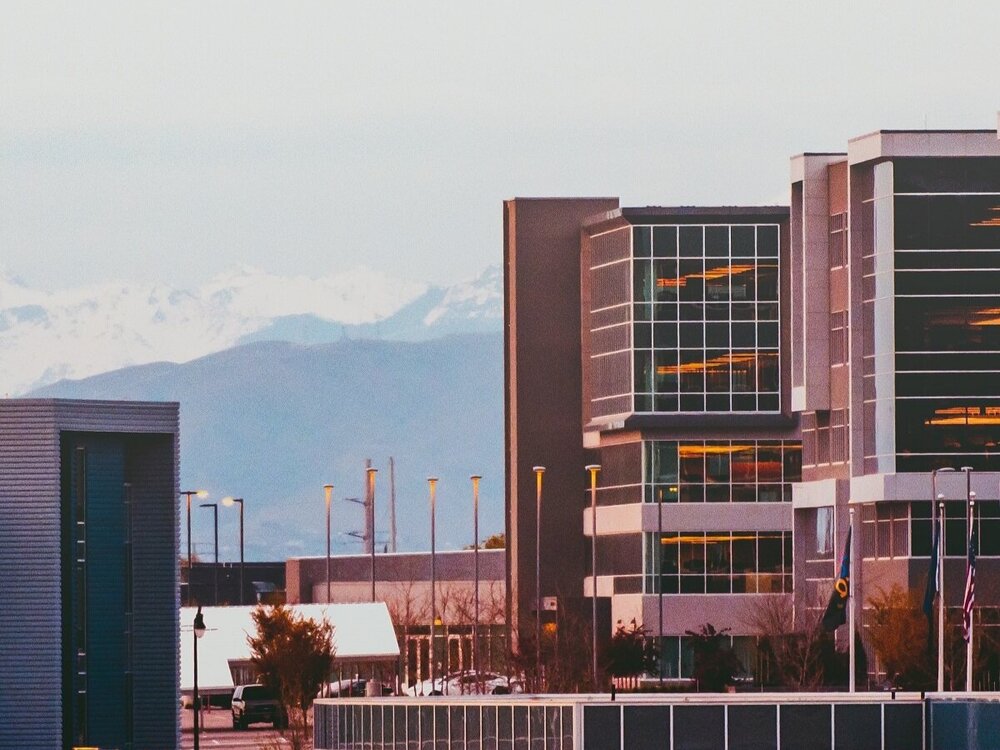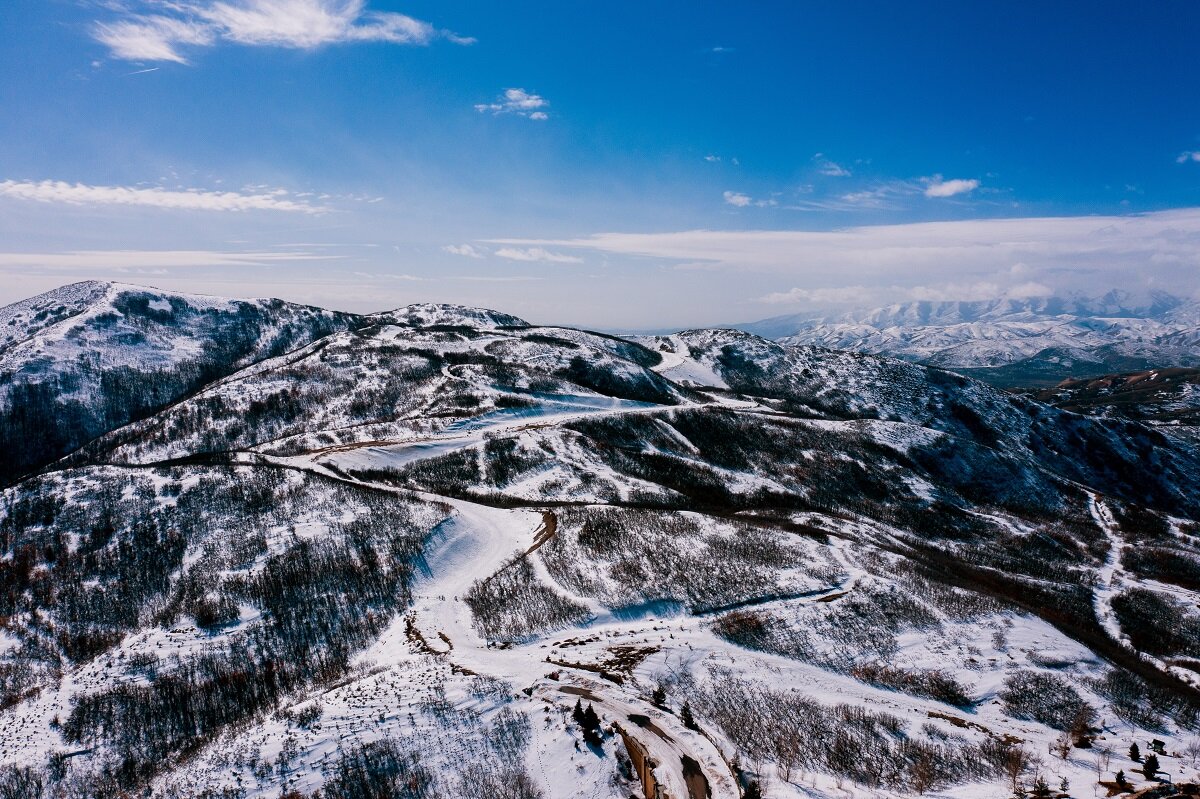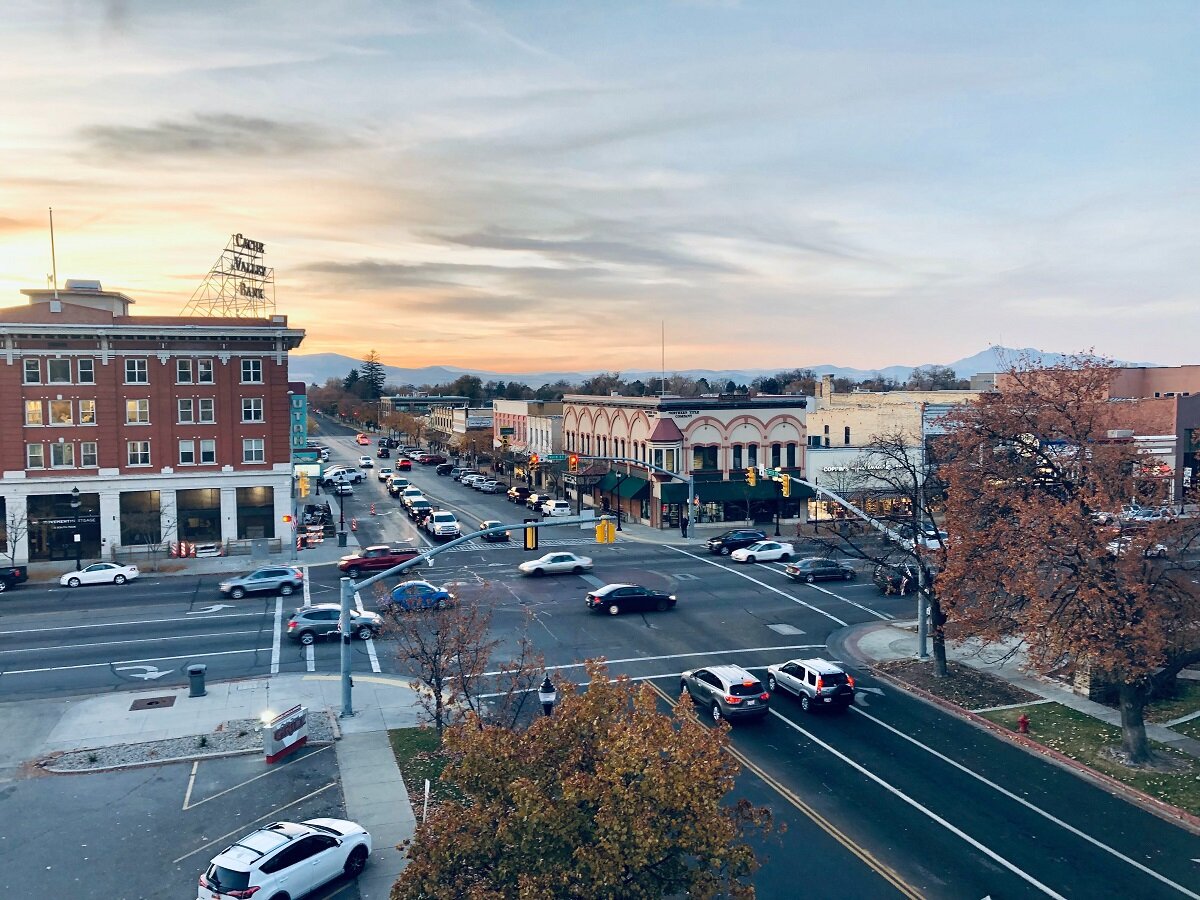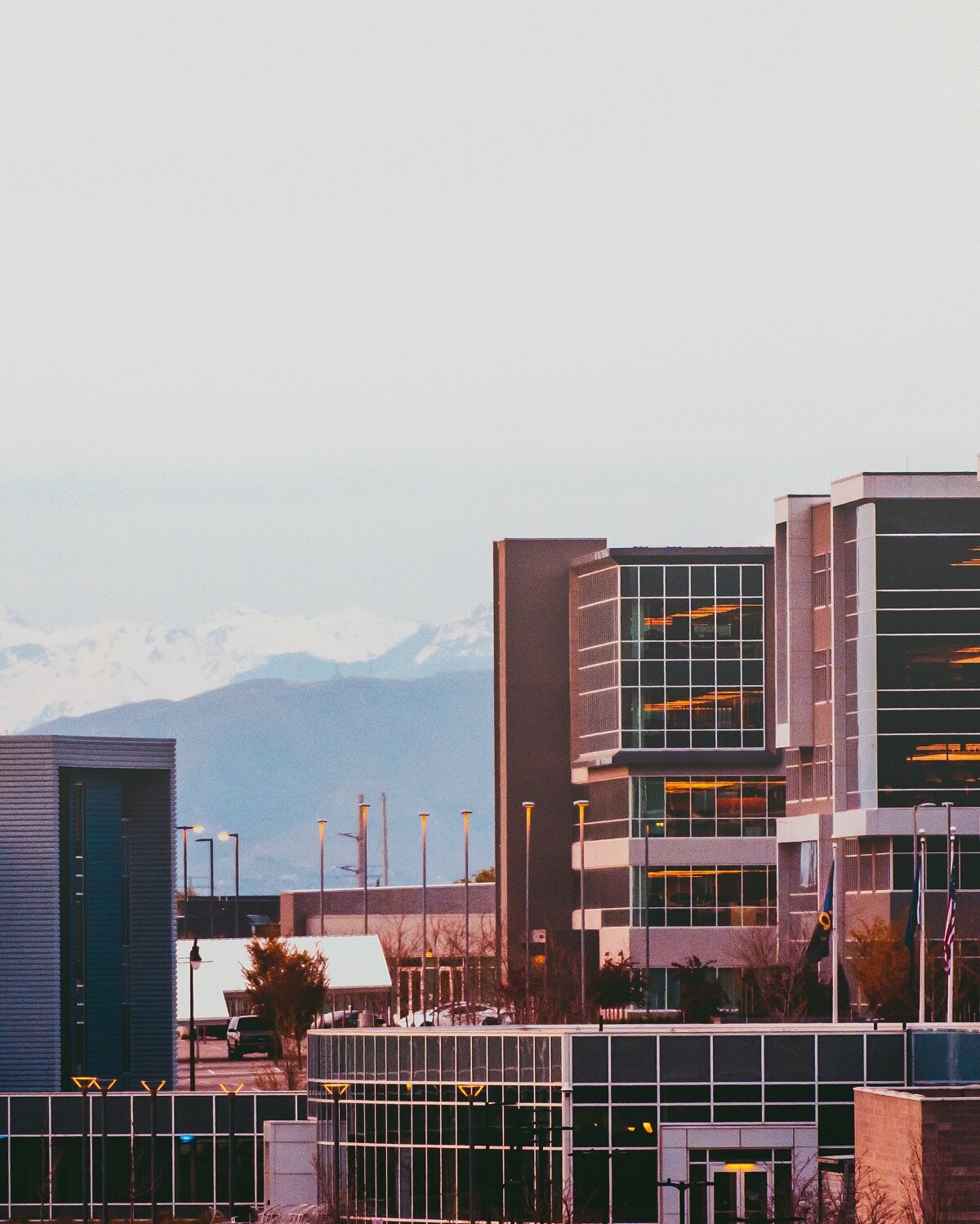May 21, 2020
What are the Top Threats to Air Quality in Utah?

It is common knowledge that air quality in Utah, particularly around Salt Lake City and the Wasatch Front, has gotten worse in recent years. In fact, the American Lung Association ranks the Salt Lake City-Provo-Orem area as the 7th worst place in the nation for short-term air pollution. If you’re a Utah resident, you’ve likely noticed the poor air quality yourself. But do you know what has caused the increase in air pollution?
Keep reading to find out what the current, top threats to air quality in Utah are…

Utah has poor air quality year-round
Unfortunately, Utah residents have to be prepared for poor air quality year-round. Various seasonal factors cause outdoor air pollution in Utah throughout the year.
Pollution problems in the winter
The air quality in Utah is especially unhealthy during winter months, when temperature inversions cause a layer of warm air to trap colder air closer to the ground. This means that any pollutants in the colder air, such as emissions from vehicles and factories, also get stuck close to ground level. Being surrounded by mountains, the Wasatch Front is particularly vulnerable to temperature inversions, and the area sees a significant decrease in air quality during these times.
Spring and Summer air quality issues
Seasonal allergies in Utah are extremely intense due to high pollen counts in the spring. While pollen isn’t a pollutant, per se, having this irritant in the air can trigger awful health symptoms for the many Utah residents who experience pollen allergies.
Further, summers in Utah can be quite deceptive when it comes to air quality. Though inversions don’t occur in the summer and allergies are more at bay in the summer, Utah still tends to experience an invisible smog during this season that worsens air quality significantly. Summer’s warm temperatures, increased sunlight, and stagnant airflow all contribute to higher, more dangerous ozone levels in Utah. Again, since many cities in the Salt Lake City-Orem-Provo region are nestled in valleys amongst the Wasatch mountains, air pollution (such as ozone) is much more likely to get trapped nearer to the ground.

Vehicle emissions contribute to polluted air quality in Utah
By far, VOC emissions from vehicles are the biggest air pollution source in Utah, accounting for approximately fifty percent of all air pollution in the state. Economic growth in the Salt Lake City area has brought many new jobs and residents to this area, which has increased the number of vehicles on the road. Both commercial and personal vehicles emit CO2 in their exhaust, leading to higher pollutant levels in the metropolitan areas of Utah.
If you’re a Utah resident looking to upgrade your car sometime soon, be sure to consider newer vehicles models that have lower emission rates. As Utah’s population size continues to grow, having more energy efficient vehicles on the road will be crucial to preserve the air quality in Utah.
Emissions from industrialization
Remember that economic growth we mentioned? A lot of that has come from greater industrialization in Utah’s economy, with new factories, refineries, and mines springing up over the years. However, increased industrialization often means a decrease in air quality in Utah. These industries tend to emit many pollutants into the air from the immense amount of gasoline vapors and other harsh chemicals they use and produce. Overall, these facilities contribute about thirteen percent of all air pollution in Utah.

Utah’s homes, businesses, and construction cause air pollution, too
As more newer vehicles enter the economy that have lower emissions rates, another source of air pollution in Utah becomes more prominent: homes, buildings, and businesses (not even accounting for major factories and refineries.) We don’t often think about the way our day-to-day lives can contribute to air pollution. However, seemingly harmless things like heating our homes and workplaces, harvesting agricultural products, and using a fireplace or wood stove all contribute to polluted air quality in Utah.
Furthermore, construction is another major source of pollutant and particle release into the air. With the tight housing market in Utah (including housing shortages in many areas around Salt Lake City) and continued economic growth in the region, it is likely that many new homes and buildings will be constructed in Utah over the next few years. These numerous, major construction projects could also cause a significant rise in pollutants in Utah air.
Don’t forget about indoor air pollution in Utah homes
Though we’ve mainly discussed outdoor air quality in Utah, don’t forget about indoor air pollution! The Environmental Protection Agency estimates that indoor air is about two to five times more polluted than outdoor air. Considering how unhealthy outdoor air quality in Utah can be, Utahns cannot afford to be breathing unclean air indoors too, especially in their homes!
One of the best ways Utah residents can eliminate irritants and pollutants from their homes is by having their home’s air ducts cleaned, as air vents are a natural place for particle buildup.
Air duct cleanings increase the air quality in Utah homes by removing particles such as:
- Dust
- Dust mites
- Mold
- Construction debris
- Dander
- Pollen
- Other toxic materials, such as asbestos tape
If you’re a Utah resident who’s ready to have your home’s air ducts cleaned and increase the air quality in your home, give Crystal Clean Vents a call today to set up your free inspection!

Leave a Reply